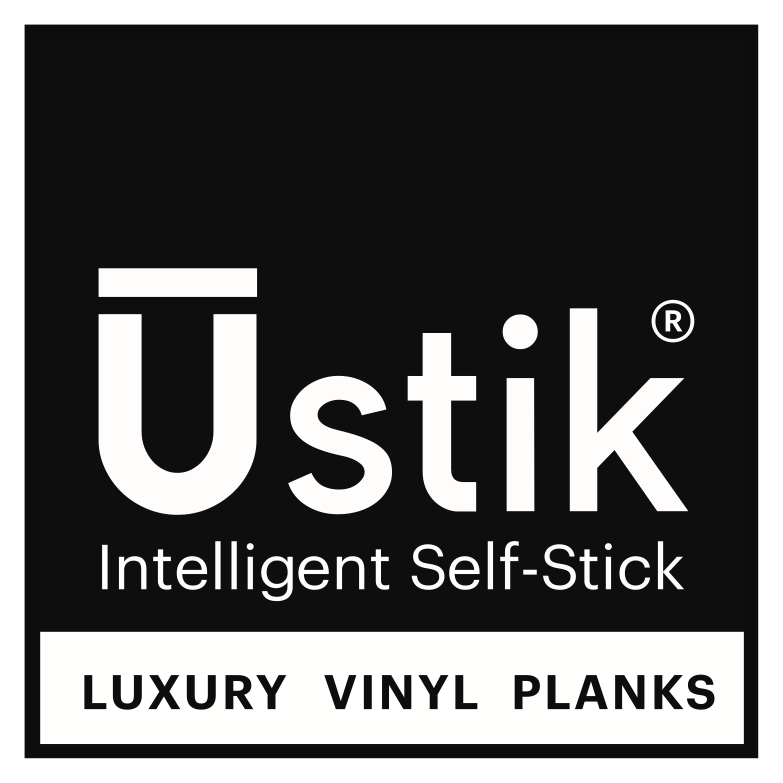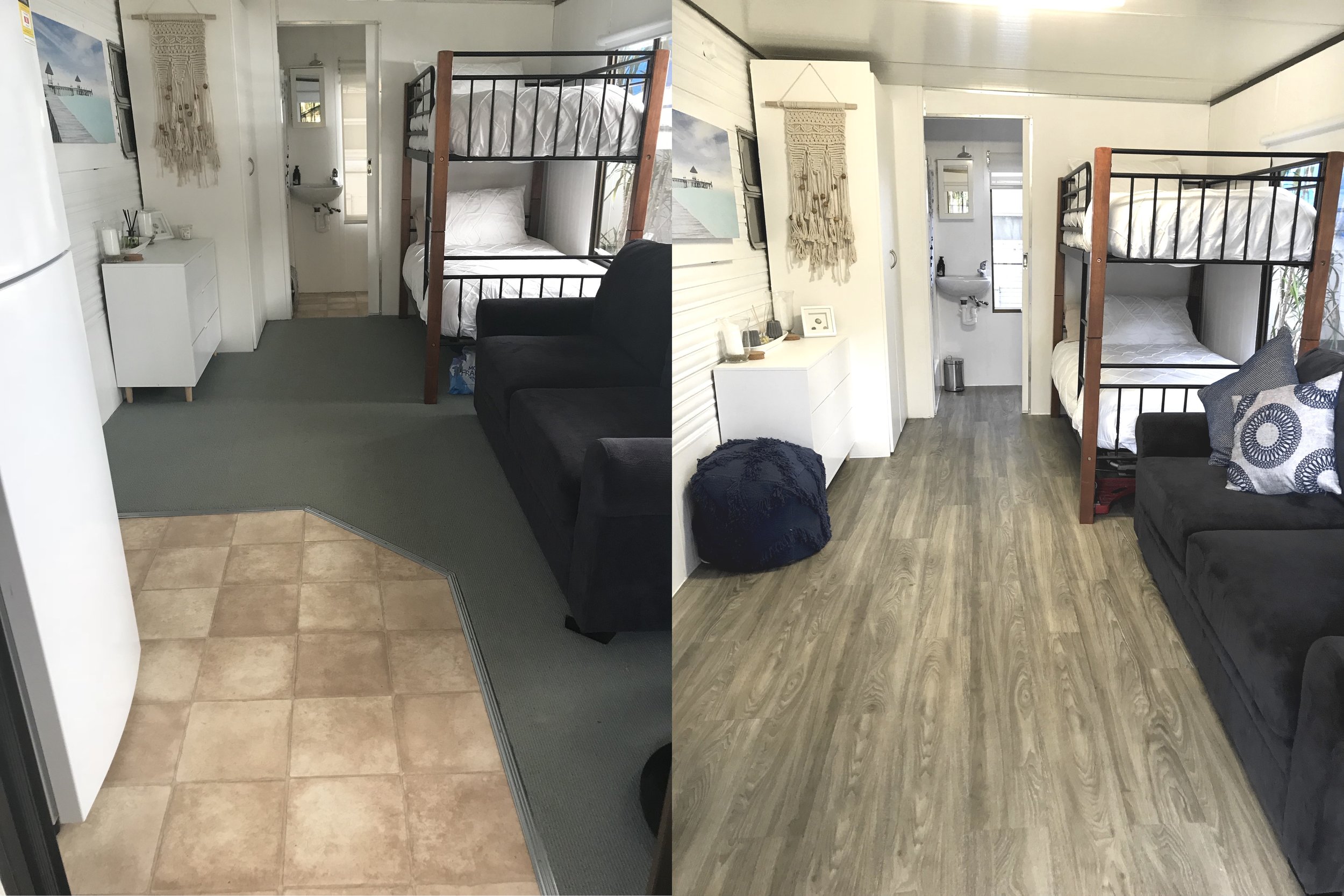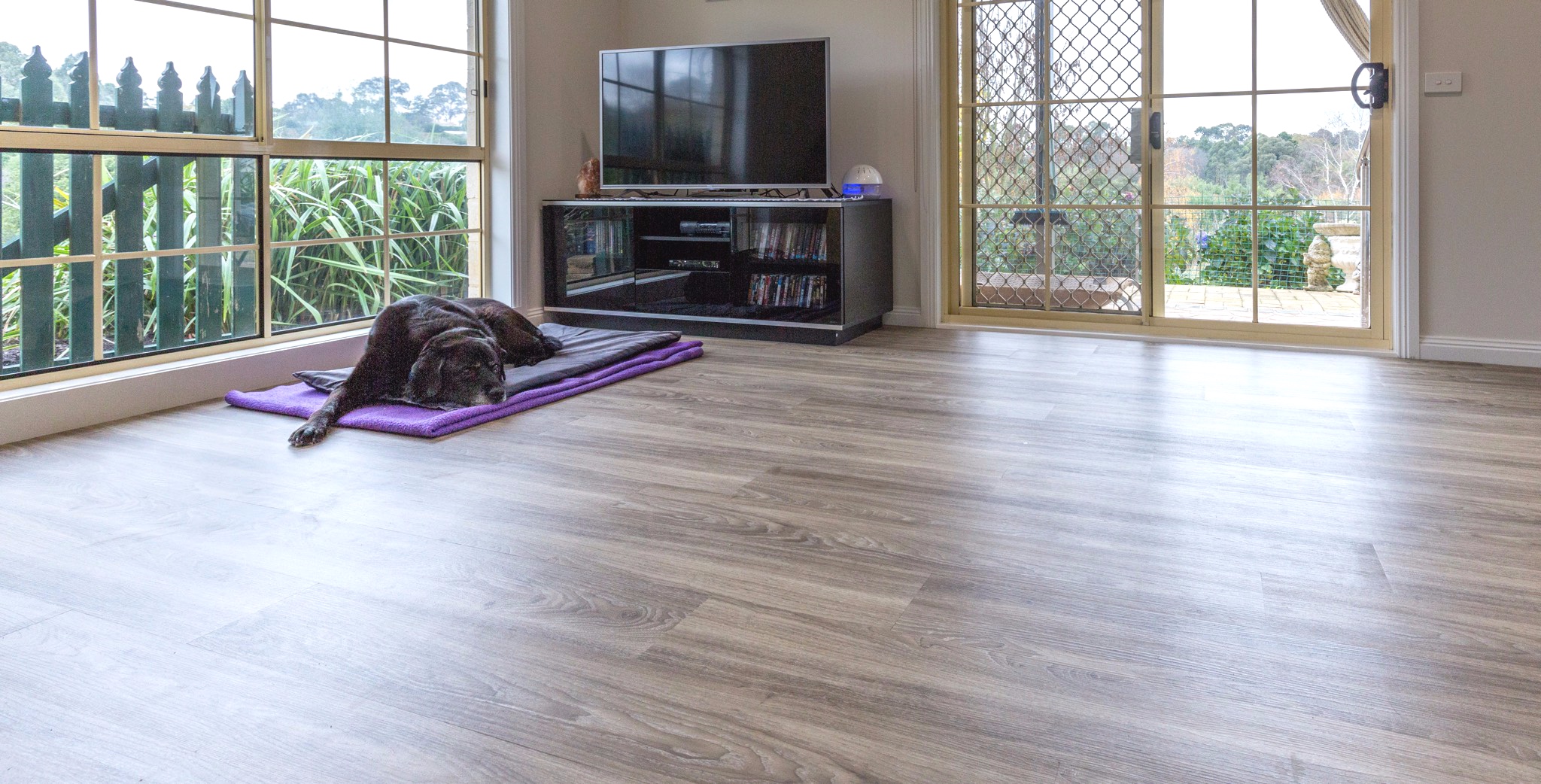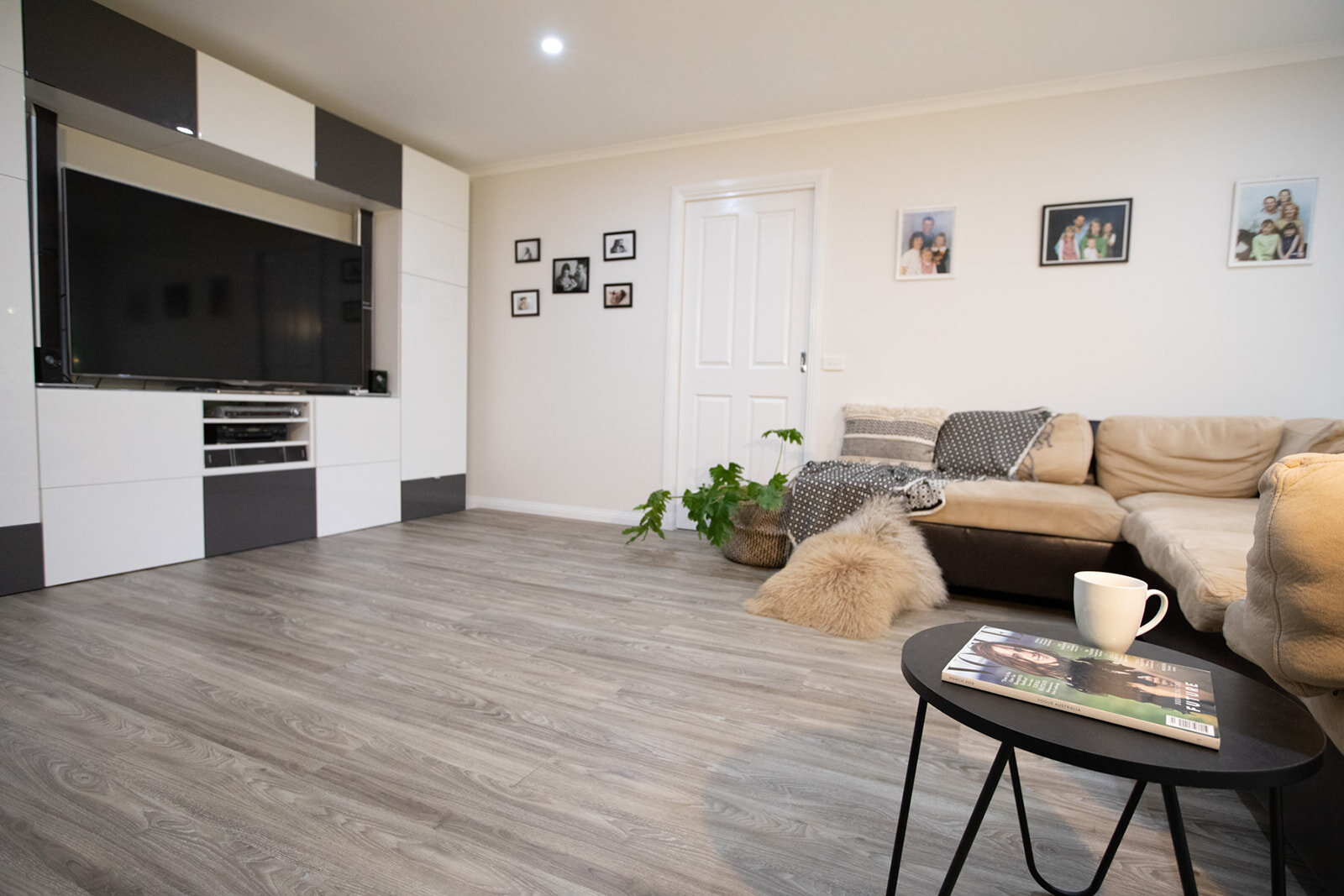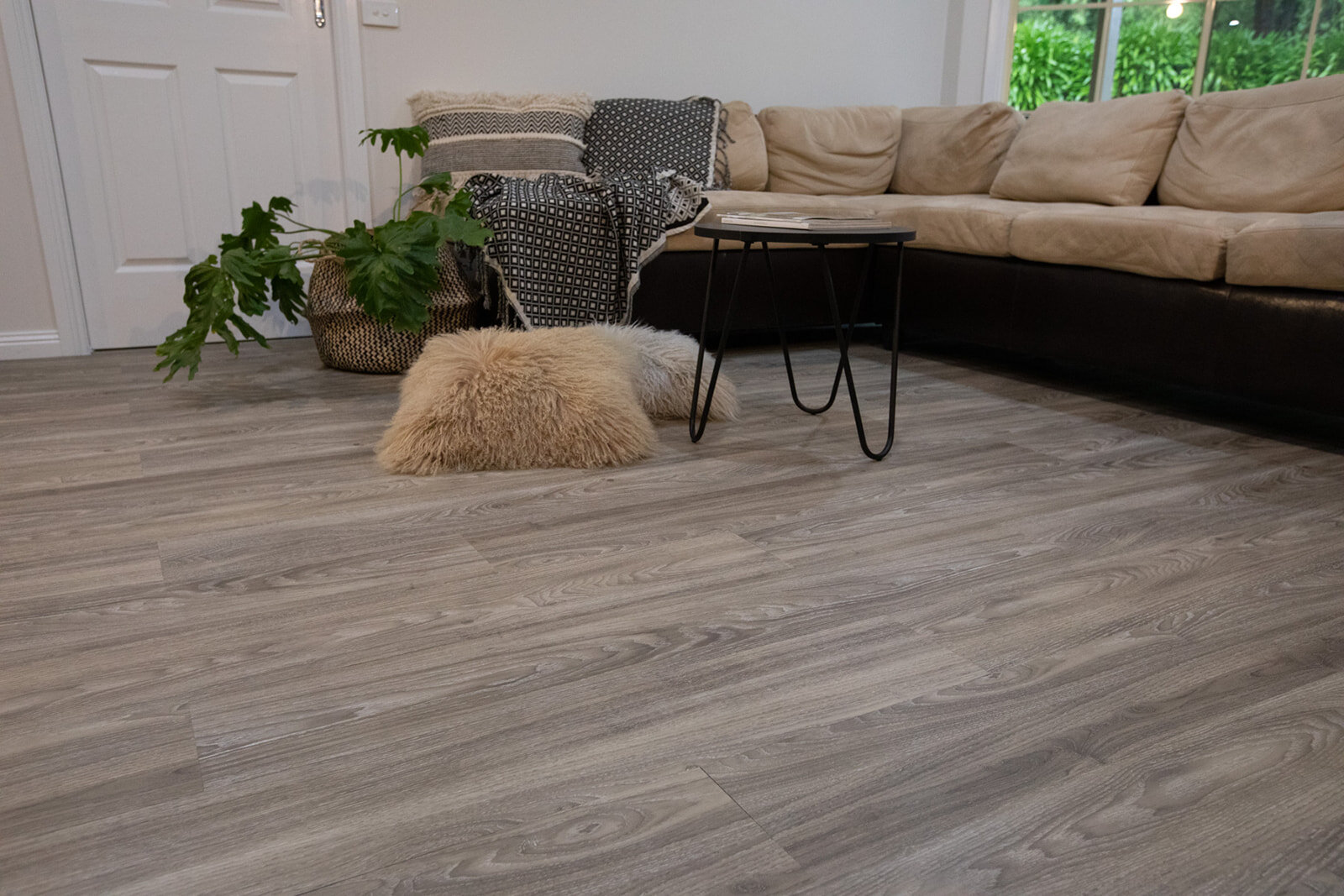If you’re looking to update the flooring in your home or investment property, vinyl planks have probably caught your attention. They’re a highly durable, waterproof, cost-effective flooring option that looks great, but if you’ve never used vinyl flooring before, you’re probably wondering what the difference is between luxury vinyl planks and regular vinyl planks.
In this article, we’ll highlight the two key differences between our Ustik luxury vinyl planks and our ULay regular vinyl planks to help you decide which will be best for your project.
In-built comfort layer
The first key difference between our luxury and regular vinyl planks is that our Ustik luxury vinyl planks include an in-built comfort layer.
The comfort layer, which is constructed from recycled rubber, adds extra shock absorption to ensure the flooring provides excellent underfoot comfort, while also enhancing its acoustic and thermal performance to provide an all-around more comfortable and practical living environment.
The in-built comfort layer essentially replaces the need to install an additional flooring underlay below your planks, saving you time and effort during installation. Having said that, some home renovators may still choose to install an additional rubber underlay if they’re working with a very uneven floor surface, are very concerned about acoustic issues, or need an additional moisture barrier.
Have a read of this article which provides more information about whether you might need to use an underlay.
Peel and stick adhesive
The other key difference between our Ustik luxury planks and ULay regular planks is that the luxury version also features an innovative, specially designed adhesive backing that allows the planks to be stuck directly to the floor surface.
This makes the installation process far quicker and easier. There’s no need for any messy glues or screeds, and they can be laid directly onto most floor surfaces including timbers, tiles and concrete. Installation only involves a few basic tools and most DIY-ers can manage the job entirely on their own without having to pay for expensive trades.
Deciding which option is right for your project
Our luxury and regular vinyl planks are both available in the same great colour range, come with the same 7-year domestic warranty, are both suitable for use in any area of the home, and can be installed relatively easily by any capable DIY-er. Ultimately, the decision about which plank to use will come down to how much time you have and how much you want to spend.
In terms of time, the self-adhesive properties of our luxury planks will cut down your installation time significantly.
In terms of budget, both our regular and luxury vinyl planks are affordable flooring options, however, while our regular planks cost only $17.95 per sqm, the luxury version will cost a bit more at $59.95 per sqm. It is however important to remember that you’ll also need to factor in the additional cost of the rubber underlay (at $14.95 per sqm) if you opt for regular planks.
Take a look at our inspiration gallery to see the type of results you can achieve with Ustik or ULay, or order your free sample pack to get started.
